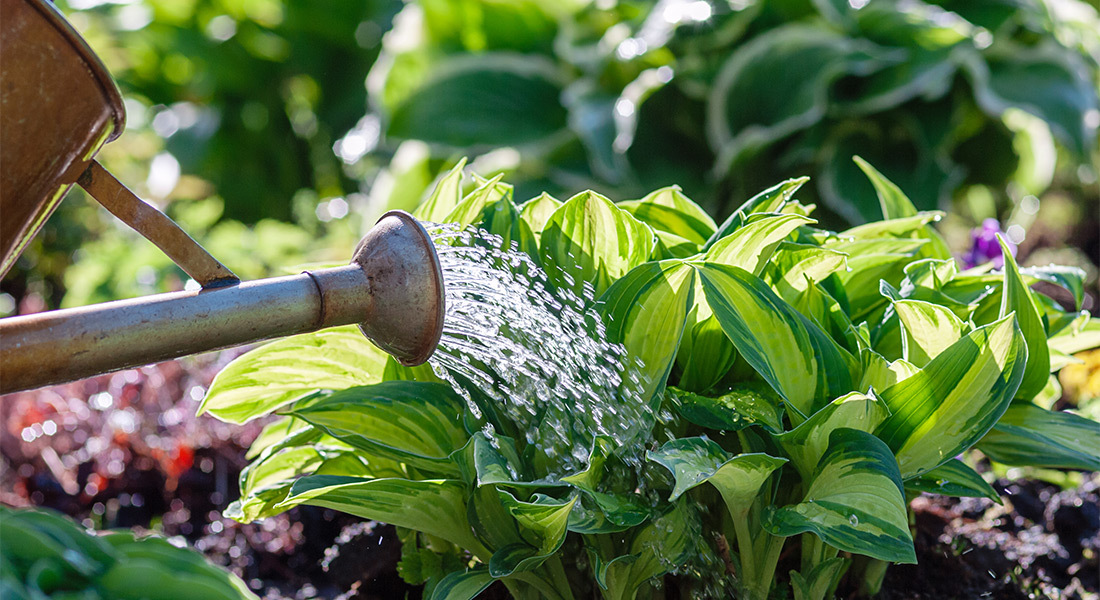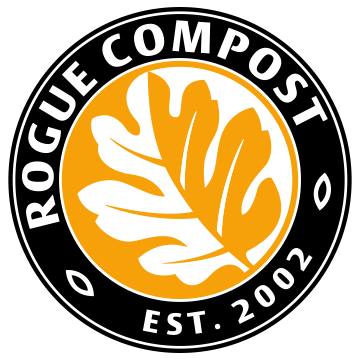What should be on my August list of garden chores?

Like most months, August is a busy time in the garden. While it’s still very much summertime, fall is on the horizon — and that shows up in this round of monthly tasks.
Watch the watering — By this time in the season, crops are being harvested and ornamental plants are losing their blooms a bit. But that doesn’t mean you can let up on the watering. Monitor your irrigation closely to make sure nothing dries out. August can be a very hot and dry month, especially in southern Oregon.
Plant the next round of crops — In western Oregon, August is the time for a mid-summer planting of peas. Looking ahead, it’s also the time to use any vacant garden space to plant fall crops — including broccoli, cabbage, cauliflower, Brussel sprouts, parsnips, spinach, turnips and winter kale.
Make compost at home — Mid to late summer is an ideal time to start a compost pile at home, using the grass clippings, deadheaded flowers, unused crops and other natural materials from your yard and garden. Here’s a great set of step-by-step instructions on how to make your own compost.
Establish a new lawn — From August through mid-September, conditions are right to establish a new lawn. Here are some easy-to-follow instructions on how to put in a lawn you’ll love.
Keep your existing lawn from drying out — Speaking of lawns, it’s still typically quite hot and dry in August in southern Oregon, so remember to water frequently during periods of heat and drought. To prevent over- or under-watering, place an empty tuna (or similar sized) can on the grass where the sprinkler or irrigation water lands — aiming for 0.25 inches of water four to six times a week.
Fertilize now to keep the harvest going — While many crops will be producing their last yield this month, you can fertilize broccoli, cucumbers and summer squash now to maintain production while you continue harvesting. This should yield a continuation of these late summer crops.
Use mulch to keep things cool — If temperatures remain high, use mulch to protect your garden plants and ornamentals from heat-related damage. Depending on how much sun they get each day, consider providing temporary shade coverings, especially for recent plantings. Here are some additional tips for helping your plants during times of heat stress.
Prep your berry patch for next year — If strawberries are a mainstay in your garden, now’s the time to clean and fertilize the beds, getting things ready for next year’s crop.
Be vigilant on pest control — August is when dampwood termites begin to fly. Like their name suggests, they look for wet wood or places where damp wood and soil come together.
- If you have apple maggot traps, check them often and spray the trees if necessary.
- Check leafy vegetables for caterpillars and pick them off as they appear.
- If you’re growing corn, watch for corn earworm, especially on early corn. Treat as needed.
- And check for root weevils in ornamental shrubs and flowers, mites on ornamentals and vegetables, and scale insects in camellias, holly and maples.
Tackle pests with little or no chemical controls — Before going straight to the heavy-duty chemical pest controls, consider using cultural, then physical and biological controls. Choosing the least-toxic option is good for the plants, the soil, the ecosystem... and you. Even with less toxic options, use them sparingly. Examples include things like botanical insecticides, horticultural oils, insecticide soaps, and organic and synthetic pesticides.
Share This
